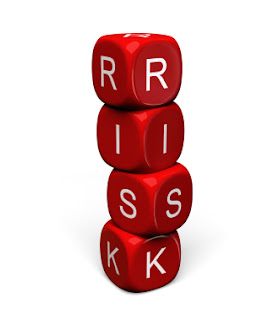Information architecture identifies where and how important information, such as customer records, is maintained and secured. Information Infrastructure includes the hardware, software and telecommunications equipment that, when combined, provides the underlying foundation to support the organisations goals. They differ in the way that information architecture only deals with the information that it is presented with and is responsible for how it is maintained and secured where as; information infrastructure deals with equipment perspective side that provides the underlying foundation to support the organisational goals. Each relates to one another in the way that they are both important in regards to the information that an organisation has within the business and equipment used to ensure everything is supported towards its goals.
Describe how an organisation can implement a solid information architecture
The three primary areas of information architecture are:
1) Backup and recovery; an organisation should choose a backup and recovery strategy that is in line with its business goals. If the organisation deals with large volumes of critical information, it will require daily backups, perhaps even hourly backups, to storage servers.
2) Disaster recovery; Considers the location of the backup information. Many organisations store backup information in an off-site facility, StorageTek, a worldwide technology company that delivers a broad range of data storage offerings, specialises in providing off-site information storage and disaster recovery solutions.
3) Information security; Security professional are under increasing pressure to do the job correctly and cost effectively as networks extend beyond organisations to remote users, partners and customers, and to mobile phone, PDAs and other mobile devices.
List and describe the five requirement characteristics of infrastructure architecture.
1) Flexibility – Systems must be flexible enough to meet all types of business changes. When the company starts growing and performing business in new countries, the system will already have the flexibility to handle multiple currencies and languages.
2) Scalability – Refers to how well a system can adapt to increased demands.
3) Reliability- Ensures all systems are functioning correctly and providing accurate information. Reliability is another term for accuracy when discussing the correctness of systems within the context of efficiency IT metrics.
4) Availability – Addresses when systems can be accessed by users.
5) Performance- Measures how quickly a system performs a certain process or transaction (in terms of efficiency IT metrics of both speed and throughput).
Describe the business value in deploying a service oriented architecture
Service oriented Architecture, with its loosely coupled nature, allows enterprises to plug in new services or upgrade existing services in a granular fashion. This enables businesses to address the new business requirements, provides the option to make the services consumable across different channels and exposes the existing enterprise and legacy applications as services, thereby safeguarding existing IT infrastructure investments.
What is an event?
Events are the eyes and ears of the business expressed in technology – they detect threats and opportunities and alert those who can act on the information.
What is a service?
Services are more like software products than they are coding projects. They must appeal to a broad audience, and they need to be reusable if they are going to have an impact on productivity.


